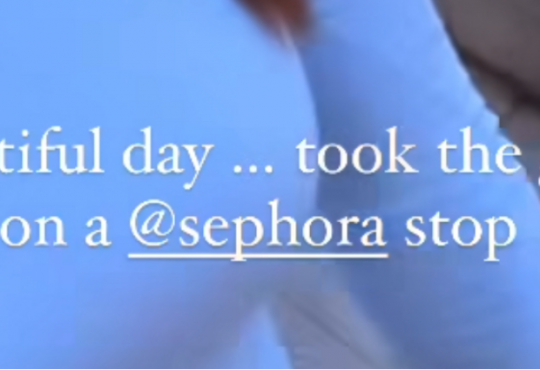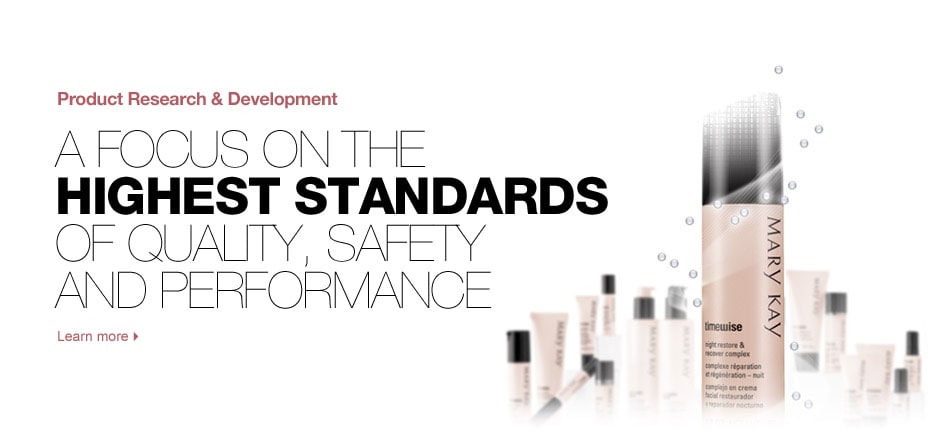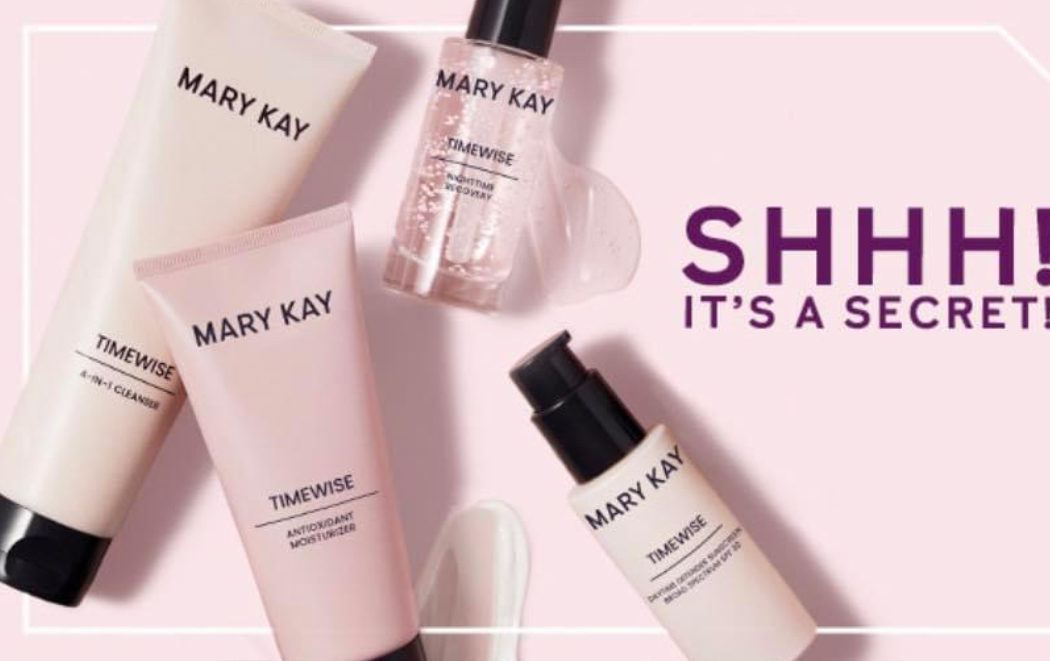Product Date Codes and Shelf Life
Mary Kay consultants and customers are often confused by the date codes used by Mary Kay Cosmetics, as well as what the true shelf life of the products is. This is a short guide to help you decode it all.
Product Date Codes
Mary Kay Inc. stamps all products with a "Date Code" at the time of manufacturing. The date code is comprised of two letters, followed by two numbers. The code is typically stamped below or after the product name/shade and the product part number (a six-digit code), and it identifies the date of manufacture.
Mary Kay explains the coding:
For example, an eye color refill tray might be marked "Crystalline #882800 KF01."
- "Crystalline" is the product shade name.
- The six numbers (882800) indicate the part number.
- The second four characters (KF01) indicate the date of manufacture, which in this example would be May 1, 2006. This day code is useful in maintaining the high-quality standards of Mary Kay, as it is used to trace products returned for any reason. In addition, you can refer to this date to assure that you deliver the freshest possible product (particularly any product with a limited shelf life) to your customers. Remember to rotate your inventory with the first-in, first-out system.
The first letter represents the year of manufacture:
A=2000
B=2001
C=2002
D=2003
F=2004
H=2005
K=2006
M=2007
R=2008
T=2009
The second letter represents the month of manufacture:
A=January
B=February
C=March
D=April
F=May
H=June
K=July
M=August
R=September
T=October
V=November
X=December
The numbers following the letters represent the day of the month on which the product was manufactured.
So a product with a date code of KF01 would have been manufactured on May 1, 2006:
K=2006
F = May
01 = 01
Date Codes for products manufactured before 2000 start with a number, instead of a letter. Please note that these products may not still be usable. Color cosmetics (eye colors and cheek colors) may still be perfectly fine, but other products like liquid foundations, cleansers, and the like are probably past their expiration date. Note that the digit corresponds to the last number of the year… So a product with a "5" was manufactured in 1995, a product date code starting with a "6" was manufactured in 1996, and so on.
Here's what Mary Kay Inc. has to say about the shelf life of the products:
Most Mary Kay® products are manufactured to have a minimum shelf life of three years from the date of manufacture. This is the standard for the cosmetic industry, not a regulation. The Food and Drug Administration (FDA) regulates the shelf life of over-the-counter (OTC) drug products such as sunscreens, antiperspirants, etc., as follows:
If the shelf life is less than three years, then the expiration date of the product must be clearly indicated on the package. This is not required if the shelf life is greater than three years. Some Mary Kay® products (e.g., Acne Treatment Gel*) may have an expiration date because they have a shelf life of less than three years. For these products, it is particularly important to check the expiration date before using them.
The following products have a TWO YEAR shelf life:
- Acne Treatment Gel
- TimeWise® Day Solution With Sunscreen SPF 15
- Sunless Tanning Lotion
And here are the company's recommendations on storing products:
Mary Kay products undergo rigorous and extensive quality testing, and we do not believe short periods of exposure to hot or cold weather compromise the stability of the product. However, we do recommend storing products at a temperature between 59-86° F. If your products have been overheated or frozen, we do not recommend refrigerating or heating them in an attempt to bring them to a “normal” state. Let them slowly return to room temperature, and carefully examine each product. Note the appearance, odor, and color of each product. If these attributes appear normal, the product has most likely recovered.
Occasionally, separation or an “off odor” can develop several weeks after exposure to more extreme temperatures, but this is not usually the case. A good rule of thumb is to ask yourself, “Would I feel completely confident using this product myself?”





 Visit the
Visit the
You do not care about women
"However, I know women who are very successful in Mary Kay." How do you define "successful"? To me, being successful…
"However, I know women who are very successful in Mary Kay." ... But you're not one of them.
"I have talked to complete strangers about Mary Kay in the grocery store. " No. You have HARASSED women who…
PTC, you talk about selling the opportunity, with no mention of selling the product. Selling the business of selling the…